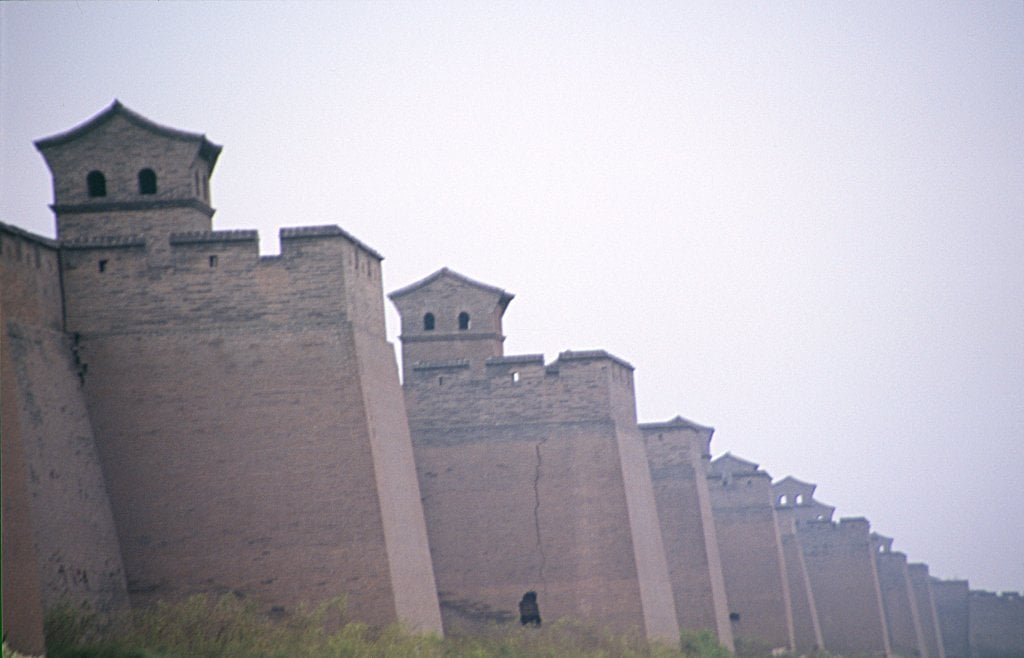
A six-year archaeological survey in Shaanxi Province, northwest China, has uncovered 573 ancient stone fortresses, revealing a significant record of early settlement development. The fortresses, many located along riverbanks, span a period from the late Yangshao culture around 2800 BC to the early Zhou Dynasty around 1000 BC.
Led by the Yulin city cultural heritage and archaeology team, the project began in 2019 and mapped a wide area of rugged terrain using existing water system charts to guide their search. The fieldwork involved close inspection of suspected sites, sample collection, and aerial mapping to document the layout and scale of the discovered structures.
Clusters reveal organized ancient communities
Researchers observed that these ancient stone fortresses in China were often surrounded by smaller, unfortified settlements. According to Ma Mingzhi, head of the team, this clustered arrangement suggests an organized community structure centered around fortified hubs.
The survey revealed a clear progression in the construction and design of the fortresses. Structures evolved from small and simple forms to larger and more complex layouts.
Building techniques also improved significantly over time, pointing to growing architectural skills and a rising social order within these early communities.
Evolution of ancient stone fortresses in China
Ma explained that the findings provide essential evidence to understand how prehistoric settlements in northern China originated, expanded, and changed over time. He said the data will help trace patterns in the spread of human societies and their adaptation to changing environments.
This large-scale survey offers a rare look into the early development of defensive architecture and community planning in ancient China, contributing to a deeper understanding of regional history.


